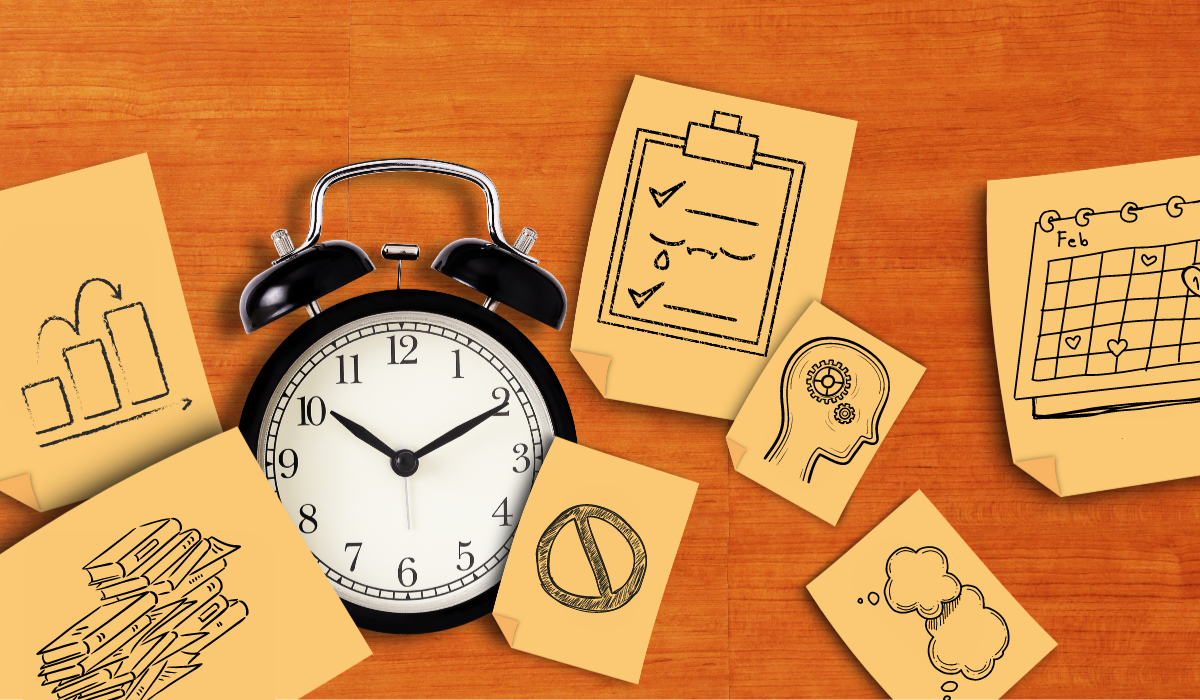Executive Function refers to a set of mental skills that let us plan, set goals, and get things done. We use executive functioning skills when we organize, pay attention, and remember details. If students struggle with executive function, it impacts them at home, in school, and in life.
Executive function skills include things like:
- Paying attention
- Organizing, planning, and prioritizing
- Starting tasks and staying focused on them to completion
- Understanding different points of view
- Regulating emotions
- Self-monitoring
How are problems with executive function identified?
Many people with a variety of learning challenges also need help to improve their executive function skills. Trouble with executive function is one sign of ADHD. Executive function isn’t a learning disability by itself.
Testing should be done as part of a full evaluation that looks at many areas of learning and thinking. There are assessments that look at a wide range of executive skills. Careful observation is also valuable in identifying and better understanding executive function issues.
These skills include:
- Attention
- Inhibitory control
- Working memory
- Organization and planning
- Concept formation
- Set shifting (the ability to shift from one task to another)
- Word and idea generation
More on Evaluation
Any factors that impact a student’s performance, including executive function issues, should be included in the Present Level of Academic Achievement and Functional Performance (PLAAFP) statement in the IEP.
More on PLAAFP
How do we improve executive function skills?
General strategies
- Take step-by-step approaches to work
- Use visual organizational aids.
- Use tools like time organizers, computers or watches/phones with alarms.
- Prepare visual schedules and review them several times a day.
- Ask for written directions with oral instructions.
- Plan and structure transition times when shifting activities.
Managing time
- Create checklists and “to do” lists, estimating how long tasks will take.
- Break long assignments into chunks and assign time frames for completing each chunk.
- Use visual calendars to keep track of long term assignments, due dates, chores, and activities.
- Use management software or apps.
- Write the due date on top of each assignment.
Managing space and materials
- Organize work space.
- Minimize clutter.
- Consider having separate work areas for different activities.
- Schedule a weekly time to clean and organize the work space.
Managing work
- Make a checklist for getting through assignments. For example, a student’s checklist could include such items as: get out pencil and paper; put name on paper; put due date on paper; read directions; etc.
- Meet with a teacher or supervisor on a regular basis to review work; troubleshoot problems.
More at: Executive Function Fact Sheet
More on Goals and Objectives
Executive Function and Transition to Adulthood
Executive function skills are a part of nearly any work place or career and are used daily to complete work. As students transition to adulthood, they may require extra effort, different strategies, accommodations, and technology to complete their work successfully


